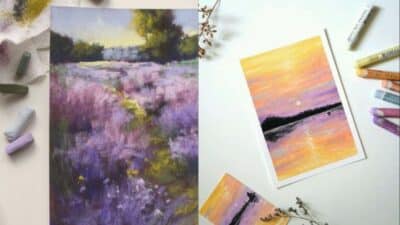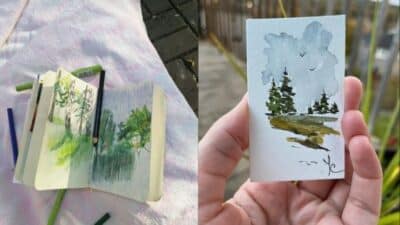Drawing plants is a simple and rewarding way to connect with nature through art. Whether you’re new to sketching or an experienced artist, exploring plants as your subject offers endless inspiration because of their varied shapes, textures, and forms. Focusing on plant drawing can help you develop observation skills and create artwork that reflects natural beauty in its many details.
Plants provide diverse options to fit your style, from delicate flowers and leafy greens to sturdy branches and potted plants. Experimenting with different techniques, such as sketching light outlines or adding intricate details, allows you to find your unique approach. Your sketchbook can become a personal collection of natural inspiration that encourages consistent practice and creativity.
When you begin drawing plants, you tap into an accessible source of beauty and complexity without needing elaborate resources. This makes plant drawing an ideal subject to spark your artistic journey or deepen your current skills, no matter the skill level.
Key Takeways
- Drawing plants improves your observation and artistic skills.
- You can explore many styles and details through plant shapes.
- Plants offer accessible inspiration for artists at all levels.
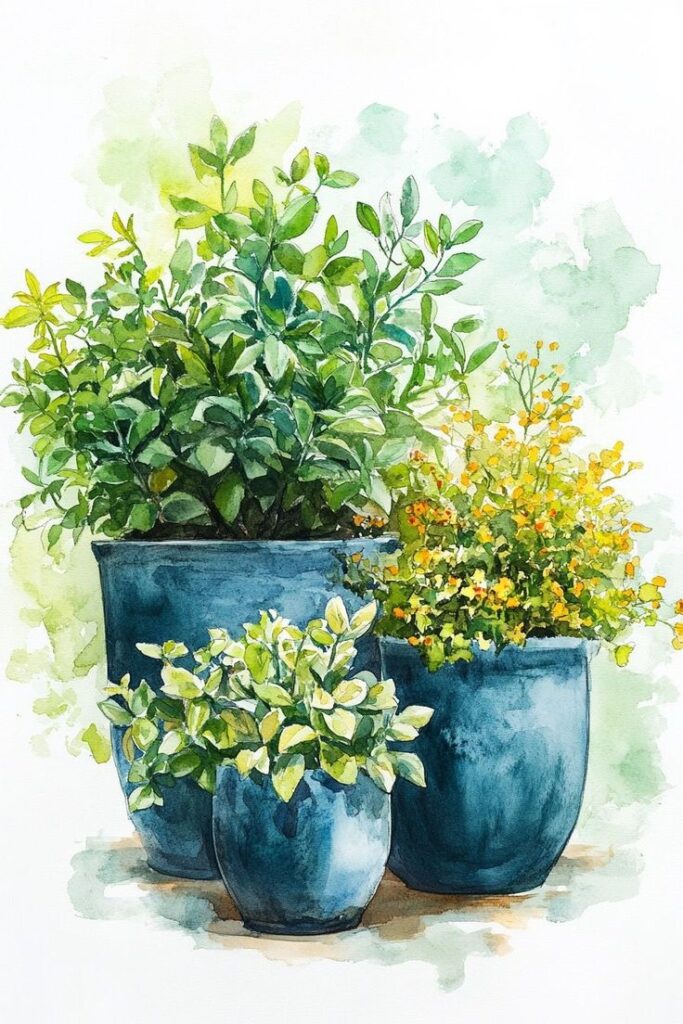
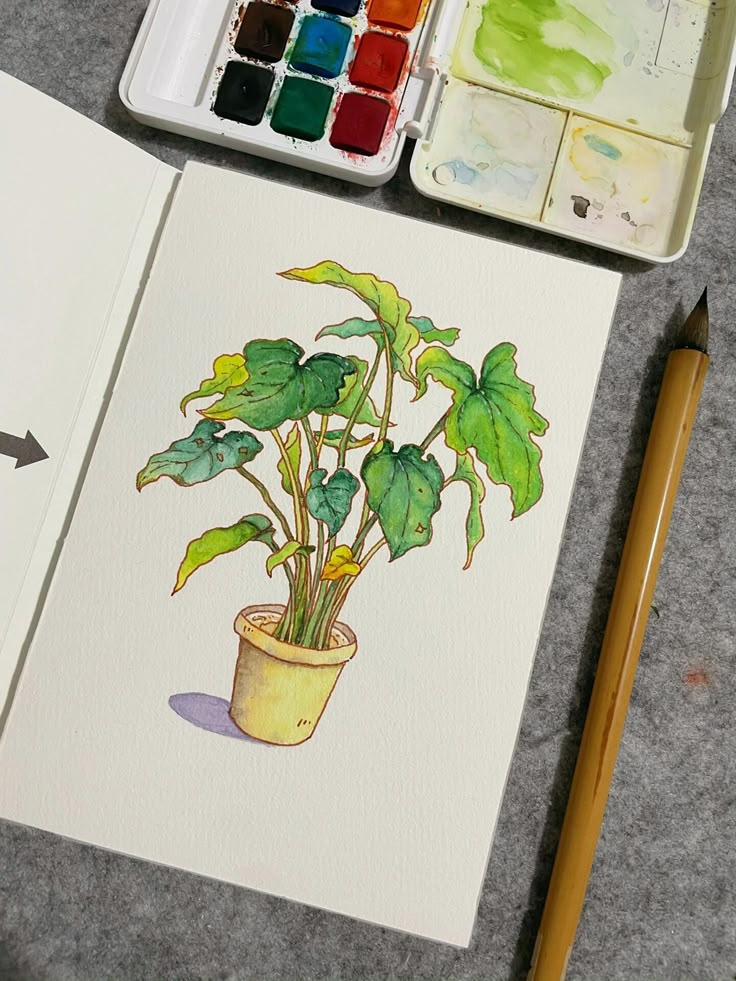
The Essence of Plant Drawing Inspiration
Plant drawing inspiration comes from observing the natural forms, textures, and patterns plants offer. You can find artistic value in their structural complexity and simple elegance alike. This makes plants a versatile subject that appeals to many artists.
Understanding the Appeal of Plants as Art Subjects
Plants provide a mix of geometric shapes and organic lines that can challenge and engage you as an artist. Their diversity, from sharp cactus spines to delicate monstera leaves, gives you a wide range of options to explore.
You can practice fine details like veins and textures or focus on bold silhouettes. This variety makes plant drawing suitable for all skill levels. The subject also connects you with natural beauty without needing complex scenes or backgrounds.
Role of Nature in Sparking Creativity
Nature offers endless inspiration with its constant variety and seasonal changes. When you draw plants, you tap into this dynamic environment, allowing your creativity to evolve with the plants’ shifting forms.
You are encouraged to notice subtle differences in light, shadow, and texture. This active observation boosts your ability to capture realism and adds depth to your work. Drawing plants can bring calm focus and sharpen your artistic perception.
Benefits of Drawing Plants for Artists
Plant drawing helps develop patience and attention to detail since many botanical subjects require careful observation. These skills are transferable to other types of art you create.
You also gain experience working with different materials and techniques. From sketching leaves to shading petals, you practice precision and experiment with styles. This process enhances both your technical skill and your creative confidence.
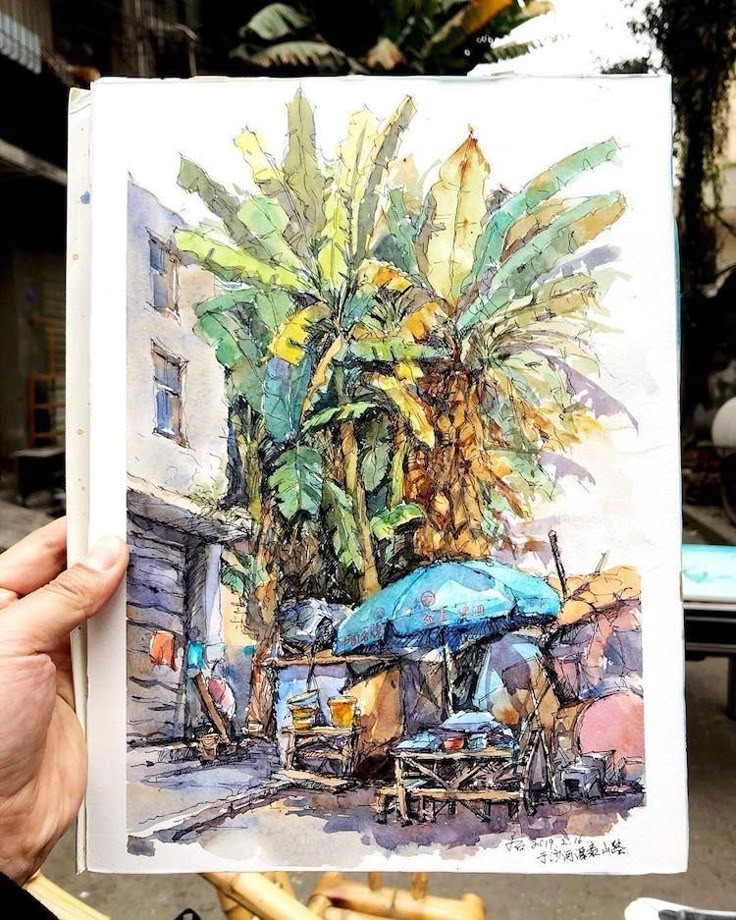
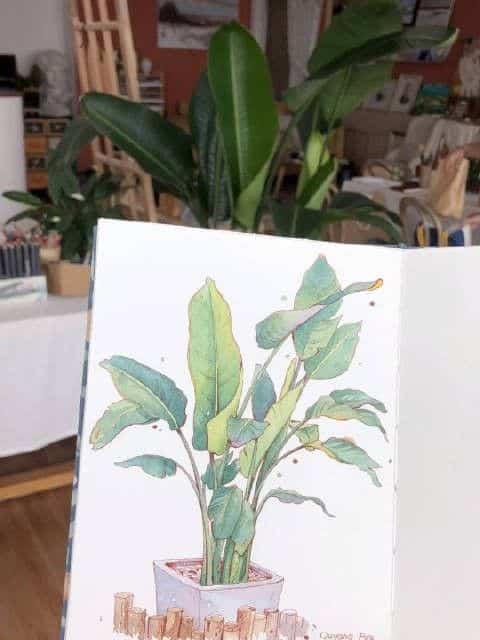
Popular Plant Drawing Ideas
You can start your plant drawing practice with basic elements like leaves and simple stems, then explore designs featuring tropical plants. Focusing on different plant types helps you develop a versatile skillset. Your drawings can range from minimalist outlines to detailed textures and patterns.
Simple Leaves and Botanical Basics
Begin with easy plant drawing ideas by focusing on individual leaves and basic botanical shapes. Leaves like ovals, elongated forms, or simple lobed structures provide a manageable introduction. Practice the veins and edges using light strokes to create texture and dimension.
Using a variety of leaf types helps you understand plant anatomy while building confidence. You can also combine leaves in small clusters or stems to experiment with composition. This foundational work is essential before moving to more complex plant forms.
Monstera and Tropical Foliage
Monstera leaves are popular for their unique perforations and bold shapes. When drawing Monstera, concentrate on capturing the holes and leaf splits accurately, which define its distinctive look. Pay attention to shading to highlight the leaf’s volume.
Tropical plants often have large, dramatic leaves that allow you to explore broad shapes and deep contrasts. You can layer several leaves to create a lush, dynamic arrangement. These designs not only look eye-catching but also help you practice varying leaf textures.
Cacti and Succulent Arrangements
Cacti and succulents offer interesting forms that are ideal for beginner and intermediate artists. Their shapes range from rounded segments to elongated spikes, allowing varied approaches. You can focus on symmetry, spines, and subtle shading to convey their fleshy texture.
Creating small groupings of different succulents introduces complexity without overwhelming detail. This approach teaches you about plant varieties and simple botanical patterns. Concentrate on smooth transitions between segments and careful line work for realistic results.
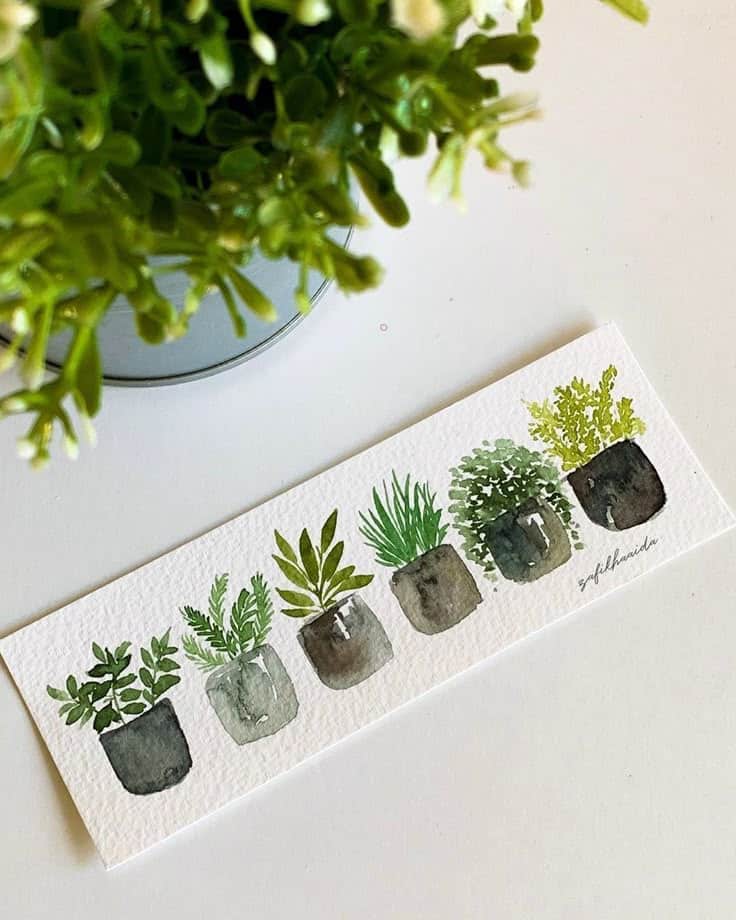
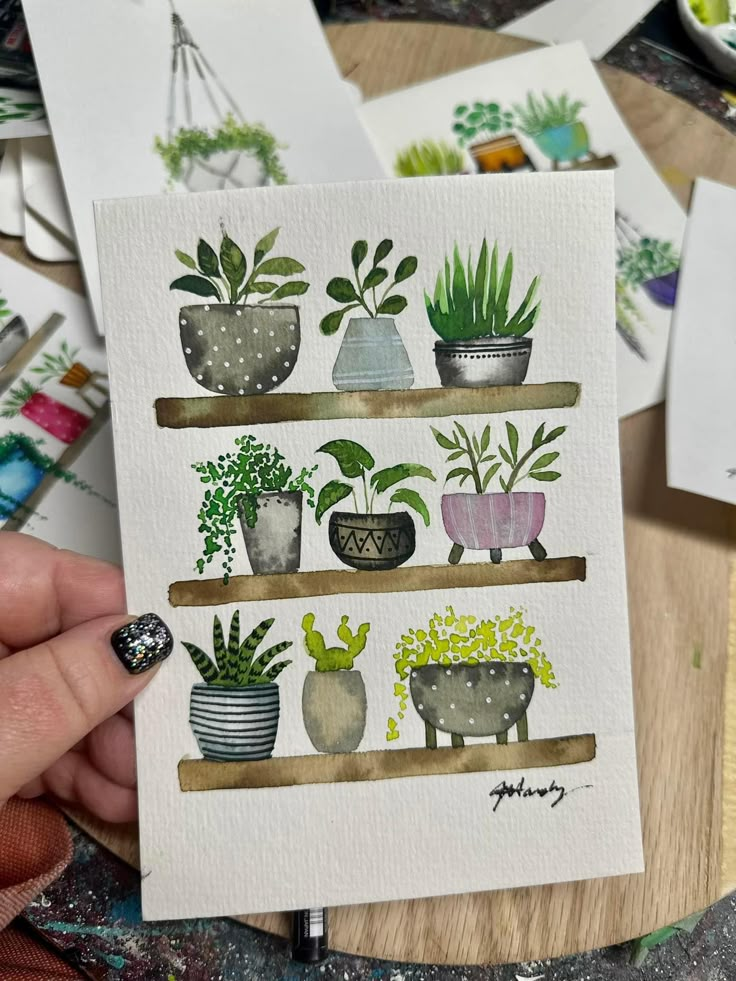
Techniques and Styles for Plant Art
When creating plant art, the techniques you choose shape both the style and mood of your drawing. Focusing on line work, detail, or playful elements can define your approach and help you explore plant drawing ideas that suit your skill level and personal taste.
Line Drawing and Minimalist Approaches
Using clean, deliberate lines allows you to emphasize the essential shapes and structures of plants without overwhelming detail. This style is ideal if you want to capture the basic form of leaves, stems, or flowers with clarity and simplicity.
Minimalist plant drawings often rely on varied line thickness to create depth and interest. You can experiment with continuous lines or quick sketches to convey energy and movement in your work. This approach works well for quick studies or when you want to focus on composition rather than intricate botanical accuracy.
Realistic Botanical Illustration
Realistic botanical illustration focuses on meticulous accuracy and fine detail to represent plants as they appear in nature. This style requires careful observation and patience, highlighting elements like vein patterns, texture, and subtle color shifts.
To succeed, you’ll often use tools such as finely pointed pencils, watercolors, or ink pens to render lifelike textures and shading. Mastering perspective and proportion is essential, as is understanding plant anatomy to depict leaves, flowers, and stems precisely. This technique suits those interested in both science and art, offering a disciplined yet rewarding plant drawing experience.
Doodle and Whimsical Plant Art
If you want a more playful take on plant art, doodle and whimsical styles offer freedom and creativity. These drawings often include exaggerated shapes, smiling pots, or decorative patterns—not focused on botanical accuracy but on charm and fun.
This style encourages you to experiment with colors, textures, and imaginative compositions. It’s perfect for casual plant drawing ideas or when you want to add personality to your sketches. You can mix simple shapes and joyful elements to create engaging, lighthearted plant drawings that connect emotionally with viewers.
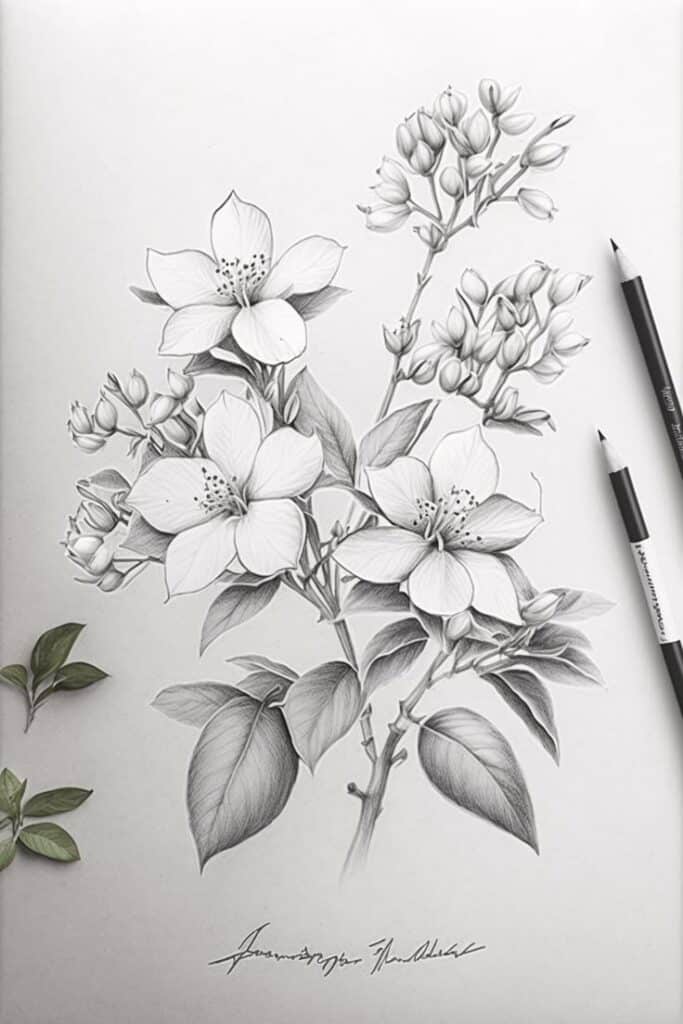
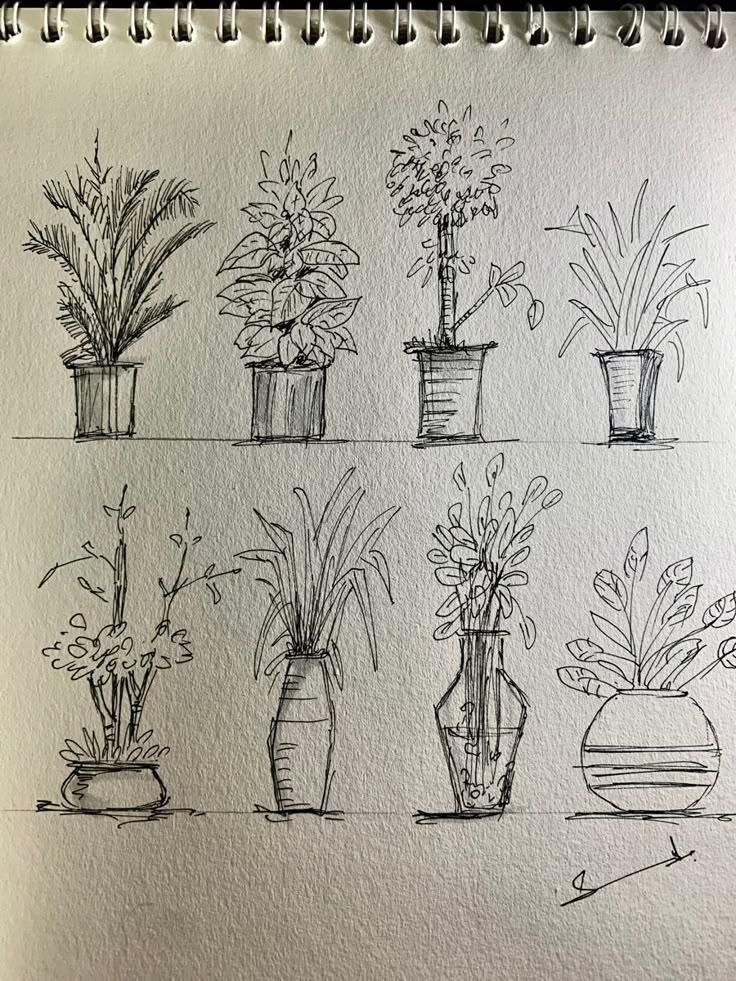
Creative Exercises for Plant Drawing Inspiration
Building your plant drawing skills requires focused practice with clear, actionable tasks. You’ll benefit from daily prompts, experimenting with different media, and trying varied compositions to refine your artistic voice.
Sketchbook Prompts for Daily Practice
Daily sketchbook prompts help you develop consistency and observation skills. Start with simple tasks like drawing a leaf shape or sketching a potted plant silhouette. Gradually increase complexity by capturing flower clusters or succulent textures.
Use a checklist to track your progress:
| Prompt Type | Example Task | Focus Area |
|---|---|---|
| Shape and Outline | Draw 5 unique leaf shapes | Line quality, form |
| Texture and Detail | Sketch cactus spines | Fine detail, pattern |
| Full Plant Studies | Quick 10-minute potted plant | Overall structure |
This approach keeps practice manageable and varied, building your visual library and confidence with easy plant drawing ideas.
Exploring Color and Mediums in Plant Drawings
Experimenting with color and materials deepens your engagement with plant subjects. Use watercolor to capture delicate leaf gradients, or colored pencils for precise vein details. Markers and ink can emphasize bold contrasts and textures.
Try mixing mediums within one drawing. For example:
- Begin with a light pencil sketch.
- Add watercolor washes for base tones.
- Use ink pens to outline and add intricate details.
This varied approach teaches you how different tools highlight distinct plant features. It also offers creative flexibility, helping you discover your preferred workflows in plant art.
Experimenting with Composition and Perspective
Varying composition and perspective alters the story your drawing tells. Practice close-ups focused on leaf edges or flower centers for intimate details. Alternatively, try wider views showing the entire plant in its pot or environment.
Think about placement and balance:
- Use the rule of thirds to place key elements off-center.
- Introduce diagonal lines for dynamic movement.
- Frame your subject with overlapping leaves or vines.
Changing viewpoint and layout challenges your perception and drives you to explore plant drawing ideas beyond static, straightforward depictions. This deepens your artistic range and engagement.
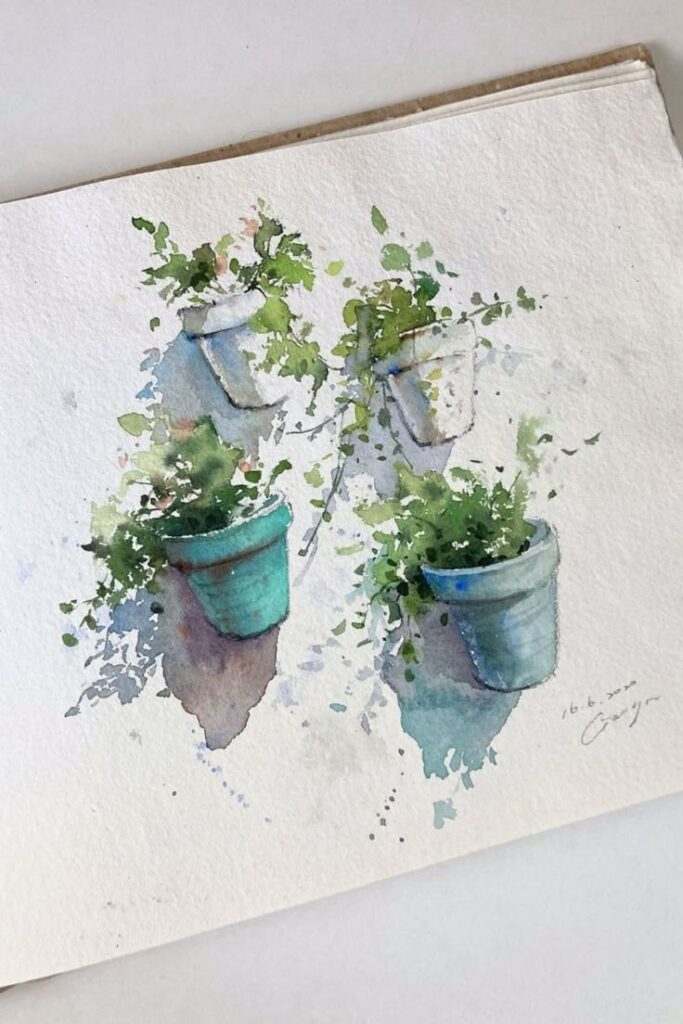

Finding and Cultivating Inspiration from Plants
You can draw inspiration from plants in many ways, from observing their shapes and colors closely to exploring natural environments. Tapping into different sources sharpens your eye and enriches your creative process.
Drawing from Live Plants and Photographs
Using live plants as your subject offers the advantage of observing details like leaf shape, vein patterns, and color variations directly. You can examine plants at different angles, under natural light, and through various stages of growth. This close observation refines your skills and adds realism to your drawings.
Photographs are a convenient alternative when live plants aren’t available. They let you capture moments in time and study intricate details repeatedly. Select images with good lighting and clear focus to make your drawings more accurate. You can also create digital photo collages and use them as reference catalogs for ongoing inspiration.
Using Gardens and Outdoor Spaces as Subjects
Gardens and outdoor spaces provide diverse plant forms in natural settings. You can observe how different plants interact with light, shadow, and other natural elements. Using outdoor scenes encourages you to capture a broader context, such as plant clusters or their relation to soil, rocks, and insects.
Walking through gardens or parks helps you experience seasonal changes and discover unique plant combinations. This dynamic setting fuels creative ideas that go beyond simple plant studies and invite richer storytelling into your drawings.
Leveraging Online Resources and Communities
Online platforms offer vast collections of plant images and drawing ideas that can expand your creative horizons. You can find tutorials, step-by-step guides, and time-lapse videos demonstrating plant drawing techniques.
Participating in digital art communities allows you to share your work and receive constructive feedback. You will also discover challenges and prompts focused on plants, which can motivate you to experiment with styles and approaches you might not consider on your own.
- 526shares
- Facebook0
- Pinterest526
- Twitter0

